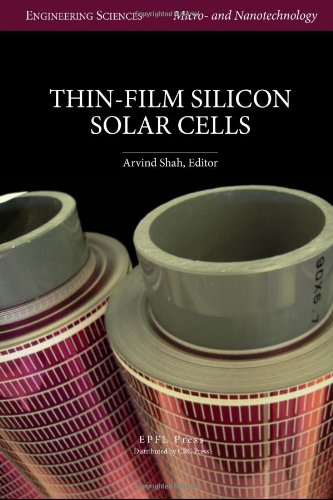

Most ebook files are in PDF format, so you can easily read them using various software such as Foxit Reader or directly on the Google Chrome browser.
Some ebook files are released by publishers in other formats such as .awz, .mobi, .epub, .fb2, etc. You may need to install specific software to read these formats on mobile/PC, such as Calibre.
Please read the tutorial at this link: https://ebookbell.com/faq
We offer FREE conversion to the popular formats you request; however, this may take some time. Therefore, right after payment, please email us, and we will try to provide the service as quickly as possible.
For some exceptional file formats or broken links (if any), please refrain from opening any disputes. Instead, email us first, and we will try to assist within a maximum of 6 hours.
EbookBell Team

4.4
42 reviewsPhotovoltaic technology has now developed to the extent that it is close to fulfilling the vision of a "solar-energy world," as devices based on this technology are becoming efficient, low-cost and durable. This book provides a comprehensive treatment of thin-film silicon, a prevalent PV material, in terms of its semiconductor nature, starting out with the physical properties, but concentrating on device applications. A special emphasis is given to amorphous silicon and microcrystalline silicon as photovoltaic materials, along with a model that allows these systems to be physically described in the simplest manner possible, thus allowing the student or scientist/engineer entering the field of thin-film electronics to master a few basic concepts that are distinct from those in the field of conventional semiconductors. The main part of the book deals with solar cells and modules by illustrating the basic functioning of these devices, along with their limitations, design optimization, testing and fabrication methods. Among the manufacturing processes discussed are plasma-assisted and hot-wire deposition, sputtering, and structuring techniques.